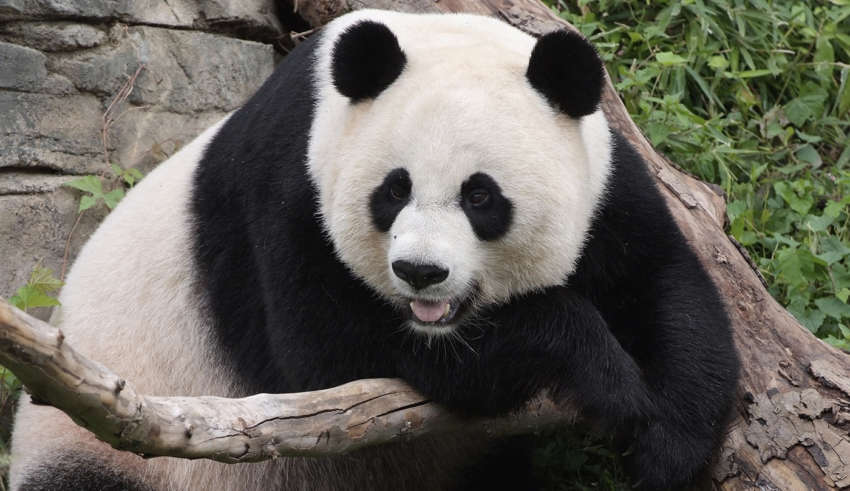
By NP Newsroom
Although the number of Giant Pandas is rising because of stringent conservation efforts, their natural habitat is shrinking almost proportionately, studies and satellite data have found.
The Giant Panda (as opposed to the Red Panda) is seen as an icon of conservation efforts worldwide.
The Giant Panda was taken off the ‘endangered’ list last year and is now labelled ‘vulnerable’. There are only around 1,800 left in the wild, so establishing new reserves and extending existing ones is crucial for the animal’s survival.
According to the BBC, Chinese and US scientists used geographic mapping, remote sensing data and satellite imagery to assess changes across the panda’s entire range from 1976 to 2013. Their study, published in the journal, Nature Ecology & Evolution, suggests that suitable panda habitats have substantially reduced.
Earthquakes, human encroachment, agriculture, road building, tourism and logging of forests have had the effect of dividing the areas where pandas live into ever smaller fragments, the BBC’s Helen Briggs says.

“Habitat decreased nearly 5% from 1976 to 2001, but has increased since,” said Weihua Xu of the Research Center for Eco-Environmental Sciences at the Chinese Academy of Sciences, according to the BBC. “However, the average size of the habitat patches decreased by 23% from 1976 to 2001. It has increased only slightly since,” Xu said.
But there are encouraging signs of help such as stoppage of logging and making more nature reserves. The giant panda was once widespread throughout southern and eastern China. There are now estimated to be about 1,800 giant pandas left in the wild in six mountain ranges in China’s Sichuan, Shaanxi and Gansu provinces.
Giant Pandas are extremely social animals and thrive when there’s constant contact with one another. But they are increasingly separated from one another by roads that run through their ranges creating isolated populations in pockets, making it difficult for them to meet and breed.
A researcher and conservation official is reported to have said that it was critical to make wildlife-friendly conduits that link these fragmented populations, either over or under roads.






